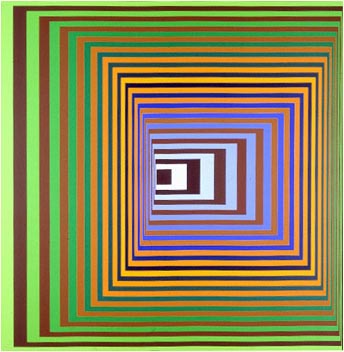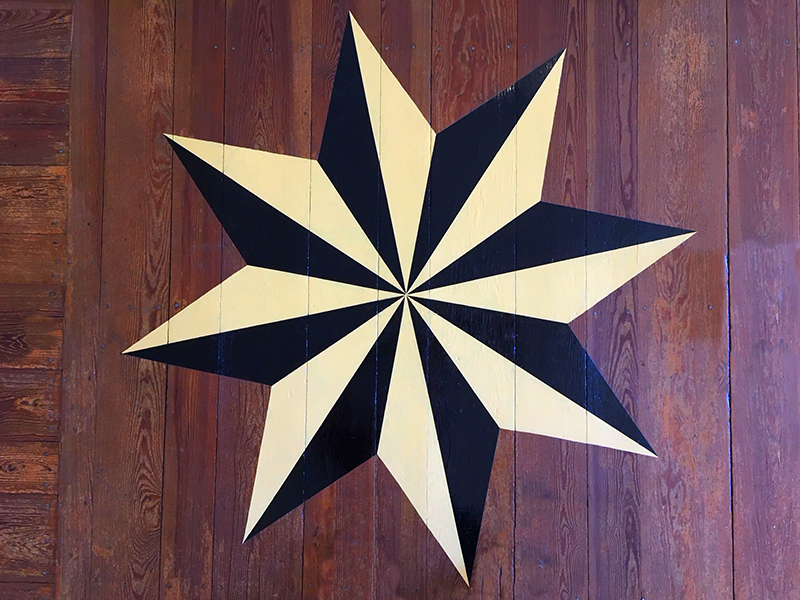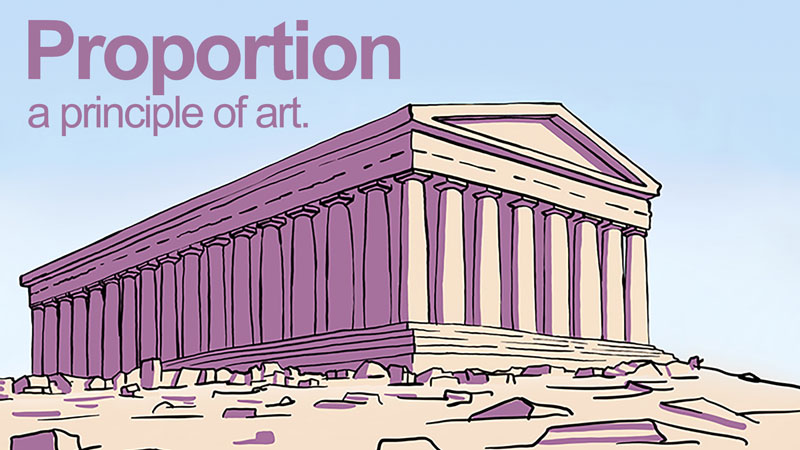Line
Line art or line drawing is any image that consists of distinct straight or curved lines placed against a plain background, without gradations in shade or hue. Line art emphasizes form and outline, over color, shading, and texture.
Shape
A shape is an enclosed space, a bounded two-dimensional form that has both length and width.
Texture
Texture is the way something feels to the touch, or looks to the eye. Words like rough, silky, shiny and dull help writers describe the texture of an object.
Value
Value is a basic element of art that refers to the gradual change of lightness or darkness of a color. In painting, value changes can be achieved by adding either black or white to the chosen color.
Form
Form is something that is three-dimensional and encloses volume, having length, width, and height, versus shape, which is two-dimensional, or flat. A form is a shape in three dimensions, and, like shapes, can be geometric or organic.
Color
Color is an element consisting of hues, of which there are three properties: hue, chroma or intensity, and value. Color is present when light strikes an object and it is reflected back into the eye.
Space
Space refers to the distances or areas around, between, and within components of a piece. Space can be open or closed, shallow or deep, and two-dimensional or three-dimensional.
Pattern
Pattern is an underlying structure that organizes surfaces or structures in a consistent, regular manner. Pattern can be described as a repeating unit of shape or form.
I DID NOT HAVE ANY EXAMPLES OF THE REST OF THE PRINCIPLES OF ART AT HOME
Movement
Visual movement is the principle of art used to create the impression of action in a piece of art. Movement can apply to a single component in a composition or to the whole composition at once. Visual movement is dependent on the other elements and principles of art.
Rhythm
Rhythm is a principle of design that suggests movement or action. Rhythm is usually achieved through repetition of lines, shapes, colors, and more. It creates a visual tempo in artworks and provides a path for the viewer's eye to follow.
Unity/Harmony
Unity (also called harmony) is an important principle of design that gives the artwork a sense of cohesion or coherence. It is the wholeness or completeness of a picture. Unity and harmony in art are used by artists to tie a composition together and help the composition make sense as a whole piece of art.
Balance
Balance refers to how the elements of art (line, shape, color, value, space, form, texture) relate to each other within the composition in terms of their visual weight. That is, one side does not seem heavier than another.
Contrast
As a principle of art, contrast refers to the arrangement of opposite elements and effects. For example, light and dark colors, smooth and rough textures, large and small shapes. Contrast can be used to create variety and visual interest in an artwork.
Variety
Variety is the principle of art that adds interest to an artwork. Variety works through contrast. When an artist places different visual elements next to one another, they are using variety.
Emphasis
Emphasis is the principle of art that helps the audience put the story of a painting together in their own minds. Any object or area of emphasis is called a focal point. The focal point is meant to be the part of an artwork to which the viewer's eyes are first attracted. Artworks can have multiple focal points.
Proportion/Scale
Proportion is the principle of art that refers to relative size. Most, if not all of the principles of art deal with how the elements art are arranged in a work of art. Proportion is largely about the relationship of the size of one element when compared to another.
Repetition
The principle of repetition simply means the reusing of the same or similar elements throughout your design. Repetition of certain design elements in a design will bring a clear sense of unity, consistency, and cohesiveness.












:max_bytes(150000):strip_icc()/simultaneous-color-contrast-56a6e5675f9b58b7d0e55ed5.jpg)




Comments
Post a Comment